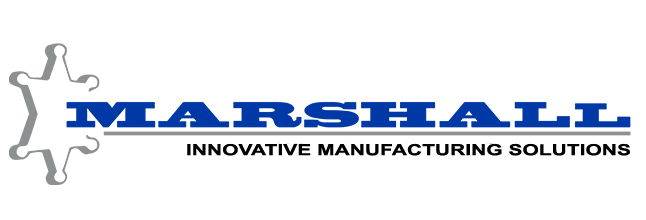What happens when a precision manufacturing company is given an opportunity to create something completely new for a medical device OEM? If that manufacturer has developed similar medical device components in the past, the challenges will most likely be minimal. But, what transpires when the medical device components encompass manufacturing necessities that were never created before? When the technology and methodology must be created before any prototype has even a small chance at being realized?
This White Paper is about that process. The process of innovating, breaking new ground, stretching the minds within design engineering enough to uncover New Technology in order to perform manufacturing tasks unknown to the precision manufacturing world; something Marshall calls Optimum Manufacturing. This is how a company can become “experts” at something that never existed before.
When Marshall Manufacturing Company received its first request for a singular type of wire bend that needed to be matched and aligned to a specific type of precision machined tip culminating within a unique orientation; that’s when the process design engineers knew something different needed addressing. New technology, never existing before, had to be created in order to perform very specific tasks to manufacture these medical device components. Once they wrapped their arms around such awareness, the entire world of process validation came into play. Creating new precision tooling, software coding, sequential management and outcomes validation was just the tip of the iceberg. In order for any new technological advancement to actually be engaged, especially performing within the structural necessities of ISO 13485, any new methodology that is created, must be scrutinized with a microscopic hand.
This White Paper assists any company working to solve manufacturing problems within the medical device industry, while addressing as many of the following concerns as possible. This should be done while staying true to the end result–certain success.
Steps and identifiers most likely required to address while creating new technology: equipment necessary (buy or build), software creation or upgrade, tooling creation or upgrade, material selection, all quality issues, secondary operations, prototype processing facility space allocation and optimum manufacturing cell locations (ergonomics).
Steps and identifiers required to address process validation when utilizing new technology: training, inspection requirements, all quality issues, material handling, Kanban, JIT, BMI or inventory control Safety Delivery.
Manufacturing for the medical device industry has become an art form. True believers in the potential surrounding innovative thought and cost optimization strategies have an edge over competitive operations that work within the confines of existing and available technology. To become “world-class” and “cutting-edge”, or any other superlative phrase, a company must be open to change. That can be challenging for the majority. Step out of the comfortable confines of “we can only do what our equipment was designed to accomplish”, and look at newer possibilities while questioning existing capabilities. When new technology is addressed, that is a great beginning; when it is actually built, and tested, there are many areas to validate, but the outcomes are worth all late-night thoughts and exhaustive trial efforts.

